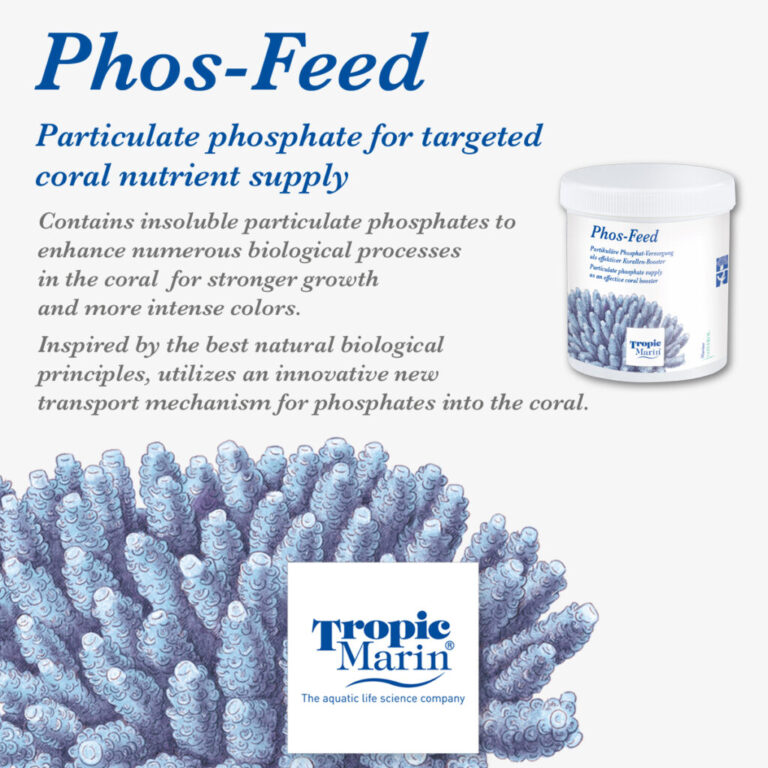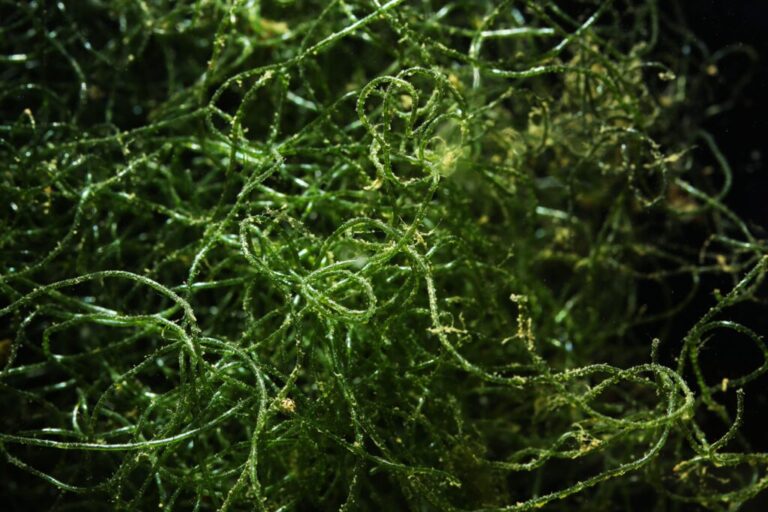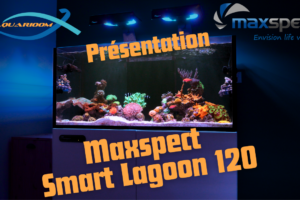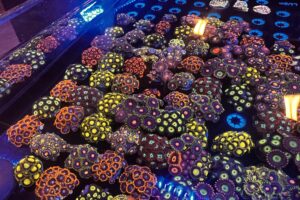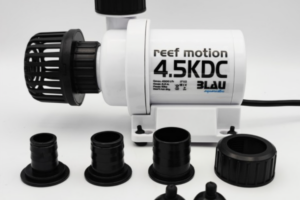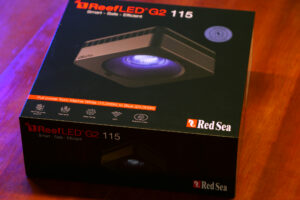Reef Basics #1 : Nitrates and phosphates gestion in Reeftank
Nitrates and phosphates management is a basic step in reefkeeping. But as a beginner, it can be hard to deal with it. Here are some advice about it.
Article sponsored by :
What are nitrates and phosphates?
They are ions, chemical elements dissolved in the water. In tank, they are called “nutrients”.
Nitrates, NO3, have a nitrogen atom (N). Phosphates, PO4, are made of phosphorus (P). They are both elementary atoms of any living species with carbon (C). Any living forms consume and produce nitrogen and phosphorus-based matter during their lives and after during the degradation of their bodies.
What values to keep in reeftanks ?
As each tank is different, each experience is different and each hobbyist can advise different target values. Here we propose safe intervals. They allow to keep corals in good health without negative impact on their metabolism and avoid unwanted algae outbreaks.
- For mixed reef tanks, 2 to 10 mg/L of nitrates is a good baseline. For most sensitive corals, 1 to 2 mg/L are advised.
- Concerning phosphates, you can target a concentration of 0,02 to 0,08 mg/L. Sensitive corals thrive in 0,01 to 0,02 mg/L
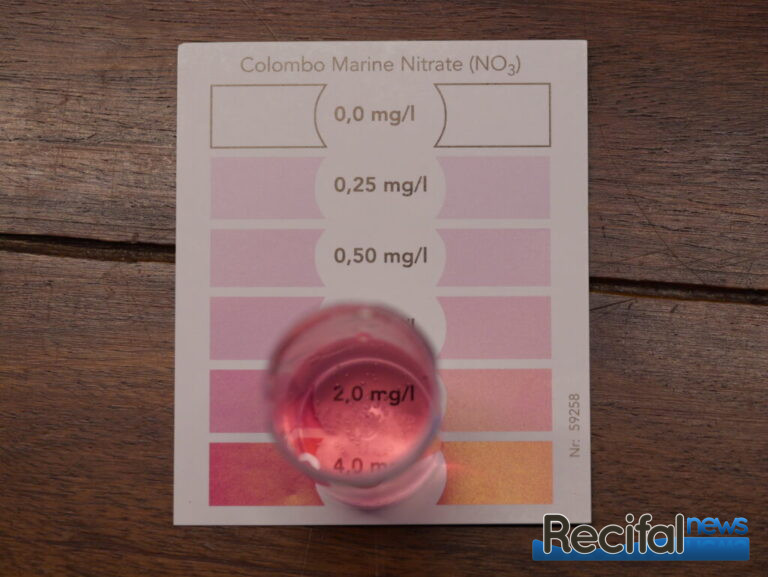
Risks of deviation
Corals have 2 feeding modes:
- By catching preys and particles in the water column
- By absorbing nitrogen and phosphorus-based dissolved elements thanks to the symbiotic algae they host in their tissues (zooxanthellae).
If your water is “too clean” – that means with undetectable nitrates and phosphates concentrations – corals have only one nutrition source: catching preys in the water.
In modern tanks with heavy filtration systems, skimmers, and for aesthetical reasons, water is poor in feeding particles.
Without dissolved nitrogen and phosphorus, corals will starve. They will bleach, and their tissues will shrink.
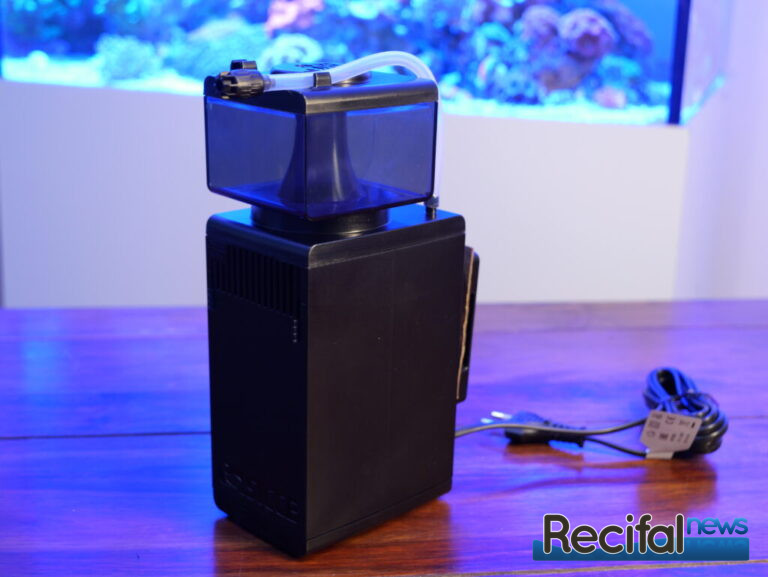
On the opposite side, an excess of these elements will lead to unwanted algae outbreaks. Indeed, algae feed on nitrates and phosphates. In case of high concentrations, it will be an “all you can eat” buffet for them. You can see appear cyanobacteria (red/pink) on sand and rocks, hairy dark green algae (mostly Derbesia) or little feather-looking algae (Bryopsis) on rocks.
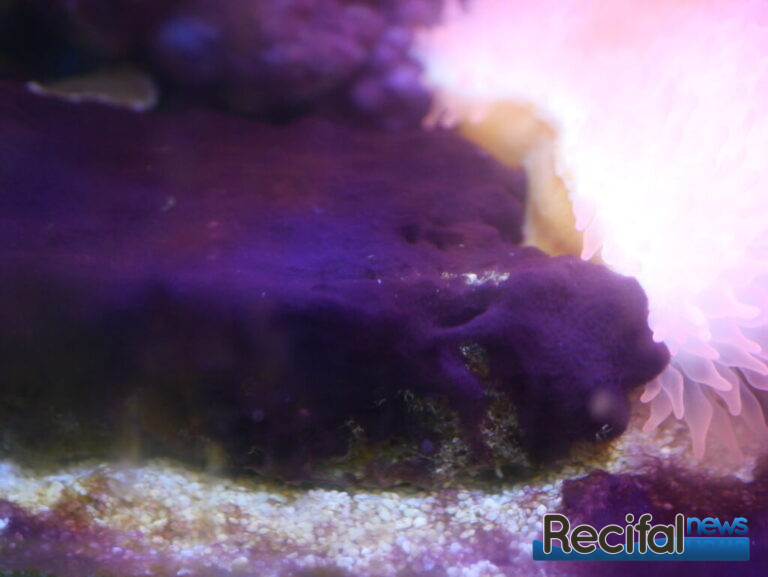
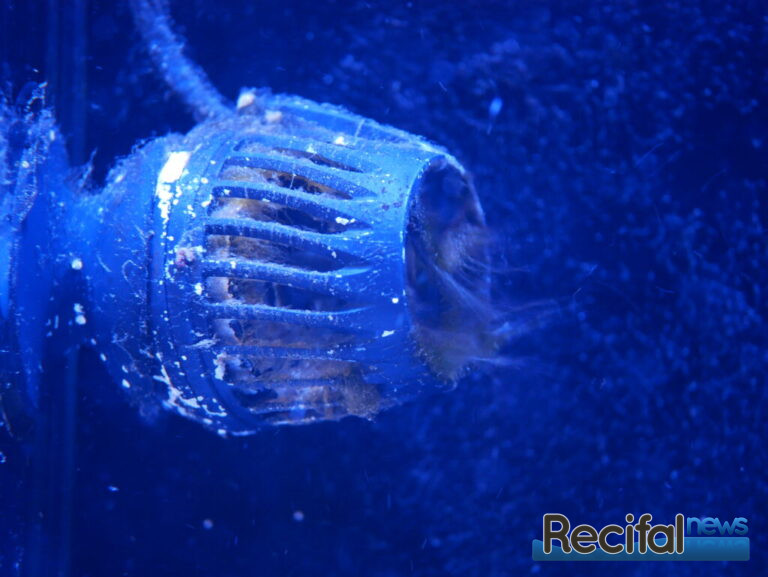
From what we know, the excess of nitrates by itself is not directly “toxic” for corals. Corals can darken. As the zooxanthellae they host are not limited by nitrates, they multiply in corals tissues, leading to more greenish-brownish coloration.
Phosphates excess has a direct impact on hard corals growth. Hard corals build a calcareous skeleton during their development. Yet, phosphates inhibit calcification, the skeleton building process. They take place of other elements in the skeleton structure, lowering its density and strength. Too high phosphates concentration leads to more fragile hard corals, slow down their growth or even stop it.
Nitrates and phosphates sources in reeftanks
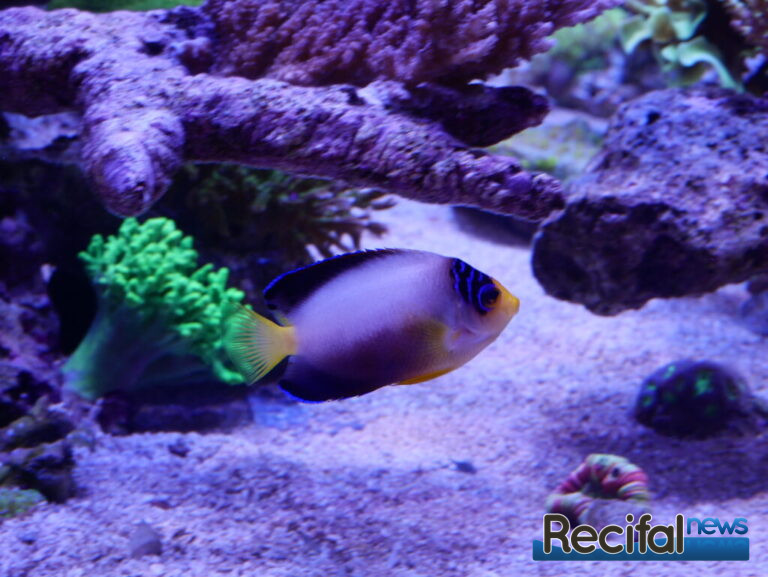
Tanks are closed systems. We can distinguish external and internal nutrients sources.
- Fish and coral food. It is a good and a bad thing. In case of excess, you must check the food quality and reduce the frequence and/or quantity. But if you have too low pollution, you can feed them more without excess for their health.
- All animals produce feces from the smallest in your tank to the biggest ones.
- Corals mucus
- Dead organic matter. All living forms grow, reproduce themselves, die. It produces dead organic matter. It can be consumed, degraded by several species in our tanks that host a whole food web.
- For water changes or evaporation compensation, some use reverse osmosis water but others use tap water that contains nitrates and phosphates.
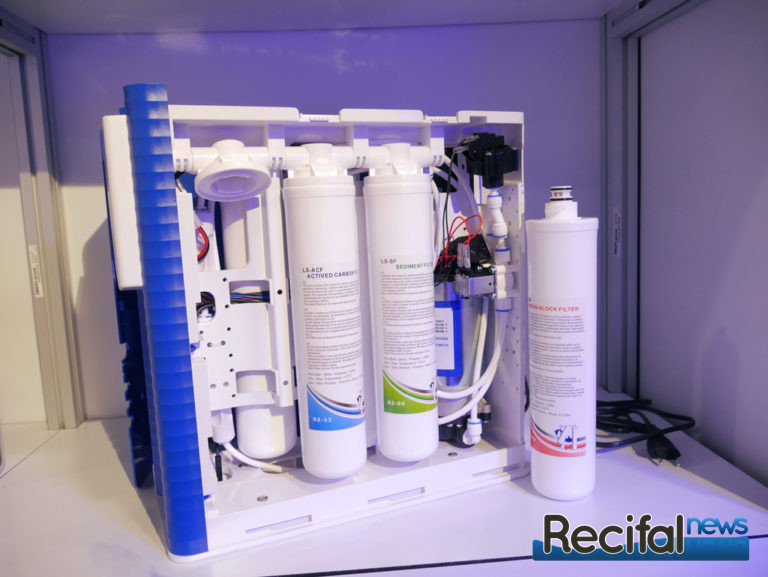
Management solutions
In case of nitrates or phosphates excess, you have several solutions to limit them. First, you can reduce their sources:
- Give a better-quality food. Reduce the quantity/frequency but still give enough to feed your tank inhabitants.
- Use reverse osmosis water only, and maintain your system by changing regularly cartridges, membrane and resin.
- Avoid overpopulation. Too many fish and too big fish produce too much pollution.
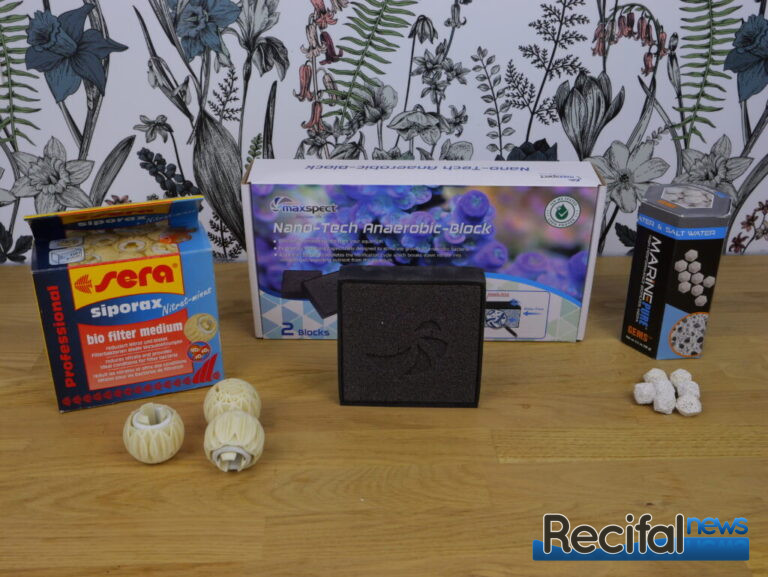
Their concentration can also be reduced thanks to several devices, products and methods:
- Using an efficient protein skimmer. This device exports a lot of organic matter.
- Using biological filtration media. Their structure is perfect for bacterial colonization. These bacteria consume nutrients.
- Create a macroalgae refugium in the sump. Algae like Chaetomorpha and Caulerpas are placed in a dedicated area in the sump. They consume a lot of nitrates and phosphates to grow. But they also consume a lot of other elements, so you must regularly do an ICP test to keep an eye on the whole chemical composition of your water and avoid any deprivation.
- Some resins adsorb nitrogen and phosphorus elements or boost their consumption. They are usually used in media reactors.
- Some liquid or powder solutions adsorb and precipitate nitrates and phosphates.
![]()
Macroalgae like Chaetomorpha consume a lot of NO3 and PO4. (Shutterstock.com – Pavaphon Supanantananont)
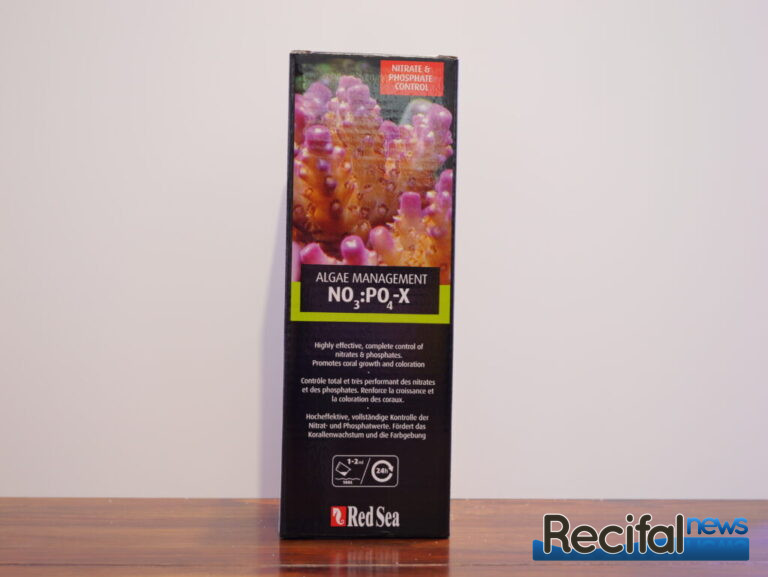
Controlling their concentrations means also add them if you lack of them. You can add inhabitants to your tank if the volume and other inhabitants allow it. Giving extra food for them and their feces will naturally increase nutrients concentration. Otherwise, you can add powder or liquid solutions. It has a big asset: you can easily control the quantity you add by a simple calculus.
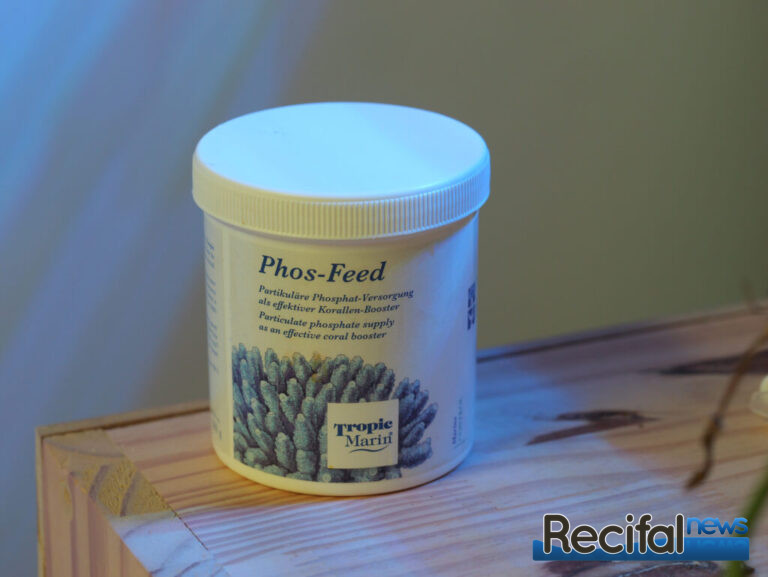
Conclusion
Nitrates and phosphates gestion is crucial to keep the tank clean but also for corals to stay healthy. As they are nutrients for them, it is important to keep them not too low. But too much of them leads too unwanted algae outbreaks.
Too keep them into controls, main solution is to manage their sources into the tank : total livestock, food and pollution they produce, water you use to fill the tank. If everything is fine from this side, you can think at several output : protein skimmers, resins, macroalgae refugium/reactor and boost bacterial activity to consume them.

